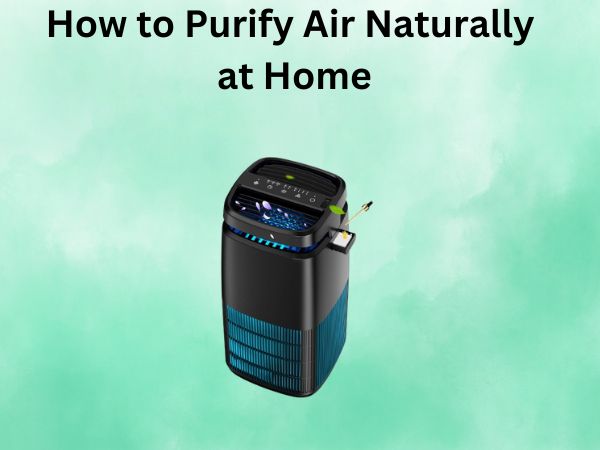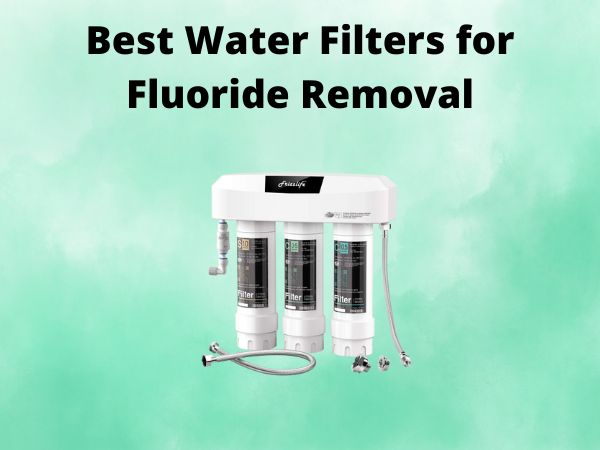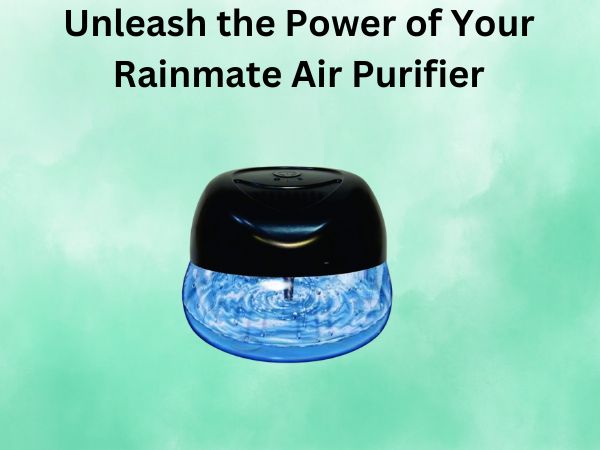How to Purify Air Naturally at Home
In today’s fast-paced world, we often overlook the air we breathe, taking it for granted. However, the quality of the air in our homes can have a significant impact on our health and well-being. With increasing pollution, allergens, and indoor toxins, it’s more important than ever to take steps to purify the air we breathe. But what if I told you there are natural, cost-effective ways to do just that? In this comprehensive guide, we’ll explore the best methods to purify air naturally at home, helping you create a healthier, cleaner living environment.
Table of Contents
The Importance of Clean Air
The air we breathe is essential for our survival, but it’s not always as clean and pure as we’d like. Indoor air can be up to five times more polluted than outdoor air, thanks to a variety of factors – from off-gassing furniture and building materials to pet dander, dust, and smoke. Exposure to these pollutants can lead to a range of health issues, from respiratory problems and allergies to headaches, fatigue, and even long-term conditions like heart disease and cancer.
That’s why it’s so important to take proactive steps to purify the air in our homes. By doing so, we can not only improve our physical health but also our mental well-being, as cleaner air can enhance cognitive function, reduce stress, and promote better sleep.
Natural Air Purification Methods
Fortunately, there are numerous natural ways to purify the air in your home, and many of them are both effective and cost-efficient. Let’s explore some of the best options:
Houseplants
One of the simplest and most natural ways to purify air is by introducing houseplants into your living space. Plants are natural air purifiers, absorbing harmful toxins and releasing clean, oxygen-rich air. Some of the most effective air-purifying plants include English ivy, snake plants, peace lilies, and spider plants.
Essential Oils
Essential oils not only smell wonderful but can also help cleanse the air. Certain oils, such as lemon, eucalyptus, and tea tree, have natural antimicrobial properties that can help neutralize airborne pathogens and pollutants. Try diffusing these oils in your home or adding a few drops to a spray bottle filled with water for a quick, natural air freshener.
Beeswax Candles
Believe it or not, beeswax candles can also help purify the air in your home. As the candles burn, they release negative ions that bind to positively charged particles, such as dust, pollen, and smoke, effectively removing them from the air.
Open Windows
One of the easiest and most cost-effective ways to improve indoor air quality is to open your windows regularly. This allows fresh, outdoor air to circulate, flushing out stale, polluted air and reducing the buildup of indoor contaminants.
Activated Charcoal
Activated charcoal is a highly porous material that can absorb a wide range of airborne pollutants, including VOCs, odors, and even mold spores. Place charcoal bags or bowls in strategic locations throughout your home to help purify the air.
Himalayan Salt Lamps
Himalayan salt lamps are not only aesthetically pleasing but also have the ability to help purify the air. As the lamp heats up, it releases negative ions that attach to and neutralize positively charged pollutants, such as dust and allergens.
Combining Methods for Maximum Effectiveness
While each of these natural air purification methods can be effective on their own, the real magic happens when you combine them. By using a variety of techniques, you can create a multi-layered approach that addresses a wide range of airborne contaminants, ensuring your home is filled with the cleanest, freshest air possible.
For example, you could start by placing several air-purifying houseplants throughout your living space, then supplement them with a few strategically placed Himalayan salt lamps and a diffuser filled with your favorite essential oils. Throw open the windows on a regular basis to allow for cross-ventilation, and keep a few bowls of activated charcoal in problem areas to help absorb stubborn odors and toxins.
By diversifying your natural air purification methods, you’ll create a synergistic effect that maximizes the benefits and ensures your home is a true haven of clean, fresh air.
Conclusion
Maintaining clean, pure air in your home is essential for your health and well-being. Fortunately, there are numerous natural, cost-effective ways to achieve this, from houseplants and essential oils to activated charcoal and Himalayan salt lamps. By combining these methods, you can create a comprehensive, multi-layered approach to air purification that will keep your living space feeling fresh, clean, and rejuvenating.
So why wait? Start implementing these natural air purification techniques today and experience the benefits of breathing easier, sleeping better, and living a healthier, happier life. Your lungs (and the rest of your body) will thank you!
FAQs
How long does it take to see the benefits of natural air purification?
The time it takes to see the benefits of natural air purification can vary, but you may start to notice improvements within a few days or weeks. The speed of results will depend on factors like the initial air quality in your home, the specific methods you’re using, and how consistently you’re implementing them.
Can natural air purifiers help with allergies?
Absolutely! Many of the natural air purification methods we’ve discussed, such as houseplants, essential oils, and activated charcoal, are highly effective at removing common allergens like pollen, dust, and pet dander from the air. By reducing the presence of these irritants, natural air purifiers can help alleviate allergy symptoms and provide relief.
Are natural air purifiers safe for pets?
Yes, natural air purification methods are generally safe for pets when used as directed. However, it’s always a good idea to research the specific plants, oils, or other materials you plan to use and ensure they are non-toxic to your furry (or feathered) friends. Consulting with a veterinarian is also recommended, especially if you or your pets have any known sensitivities or allergies.
Can natural air purifiers help with mold or humidity issues?
Certain natural air purification techniques, like using dehumidifiers, Himalayan salt lamps, and activated charcoal, can be effective at addressing mold and humidity problems. However, it’s important to address the underlying cause of these issues, as natural air purifiers are more geared towards removing airborne contaminants rather than tackling the root of the problem. For persistent mold or humidity-related concerns, it’s best to consult with a professional.
How often should I replace or maintain my natural air purifiers?
The maintenance and replacement schedule for natural air purifiers can vary depending on the specific product or method. Houseplants, for example, may need to be repotted or pruned periodically, while essential oil diffusers may require occasional cleaning. Activated charcoal and Himalayan salt lamps typically need to be replaced every few months. It’s a good idea to follow the manufacturer’s recommendations or do your own research to determine the optimal maintenance schedule for your natural air purification system.





